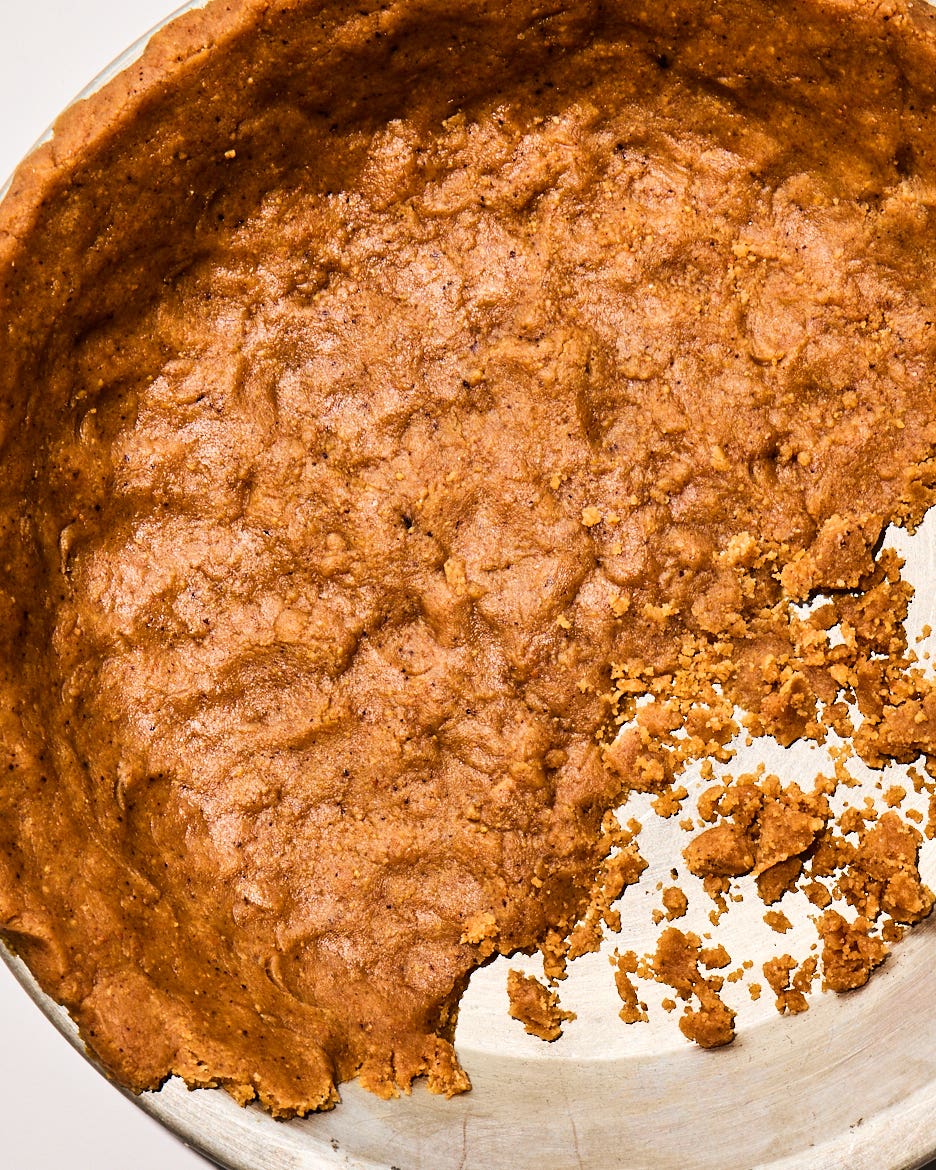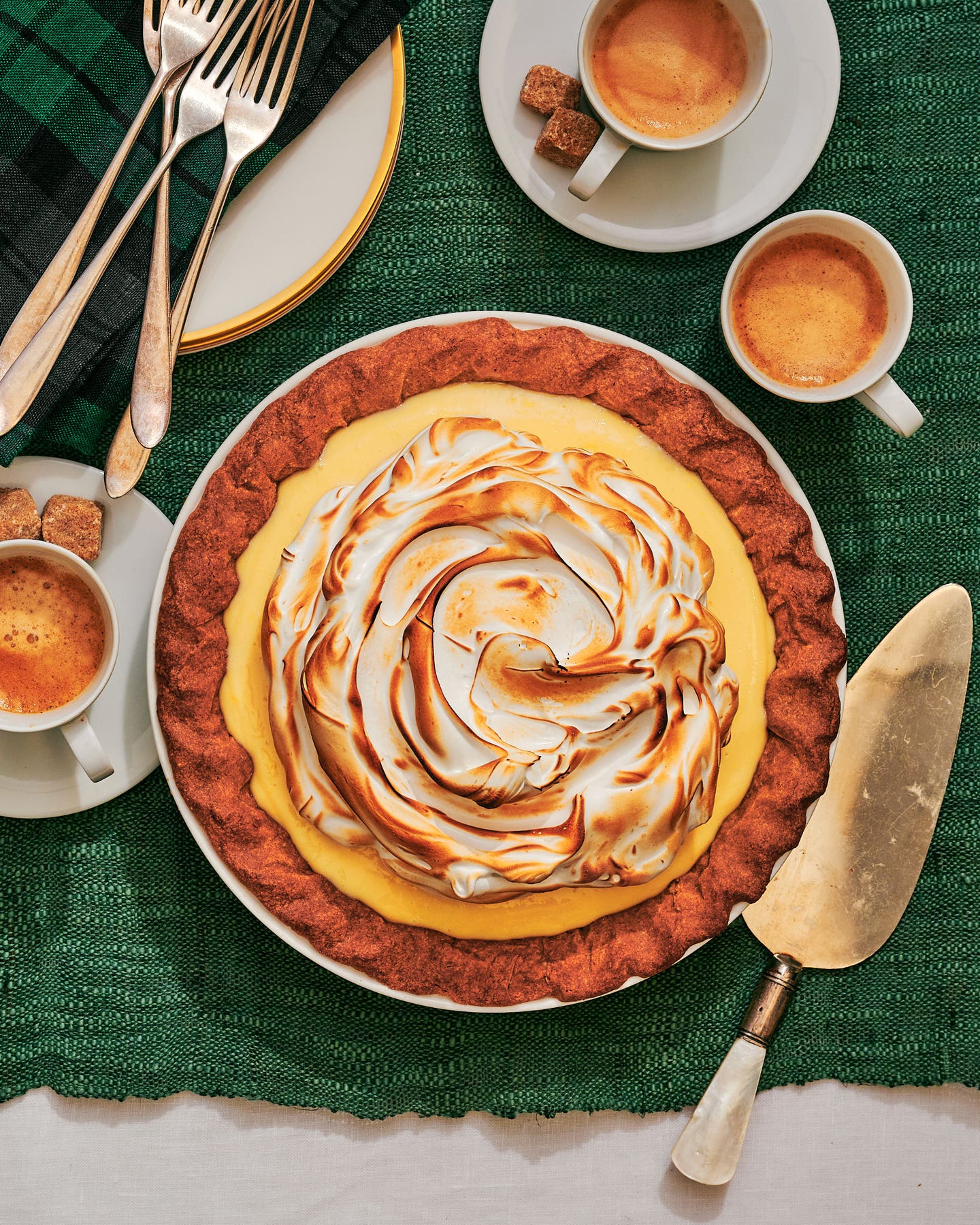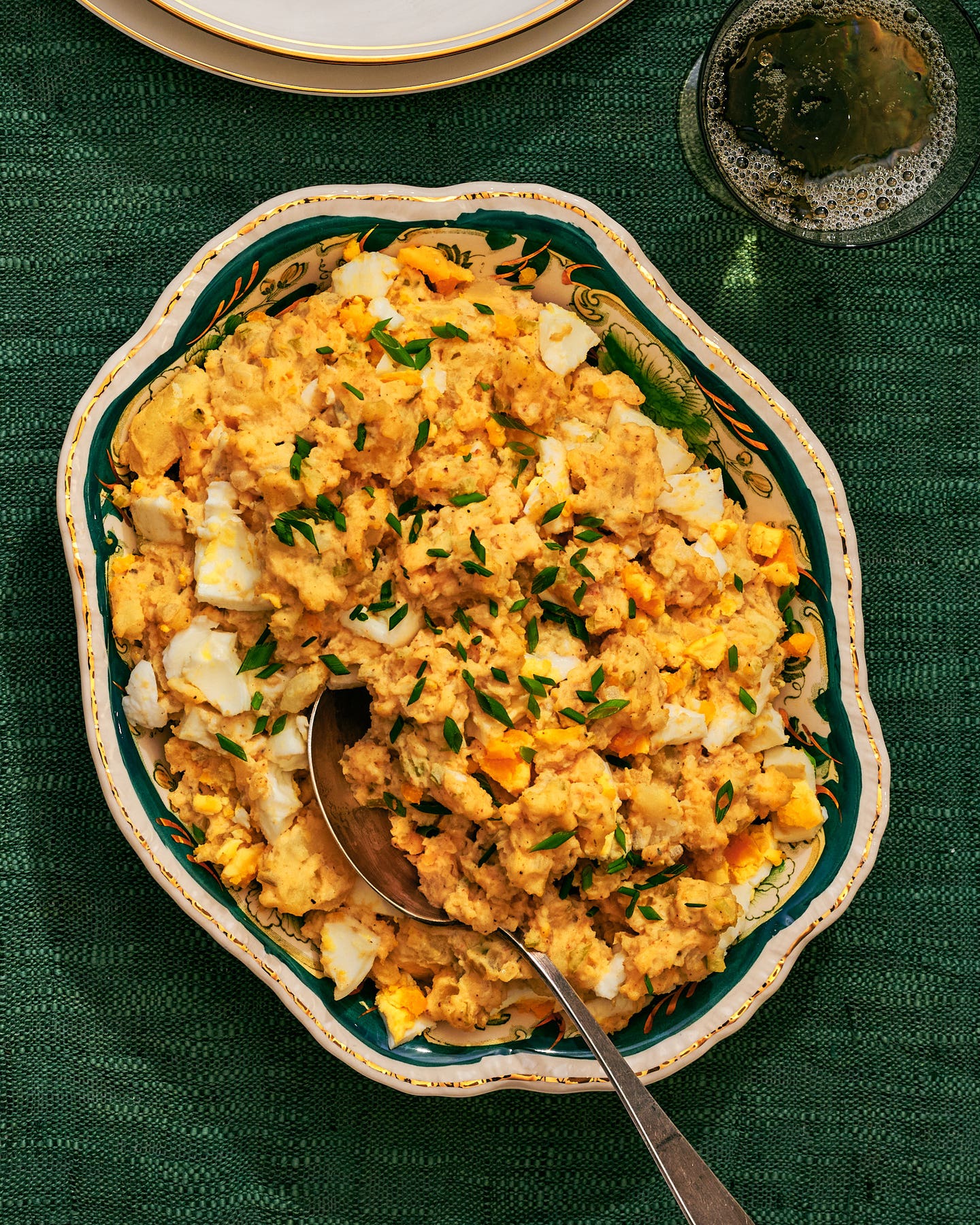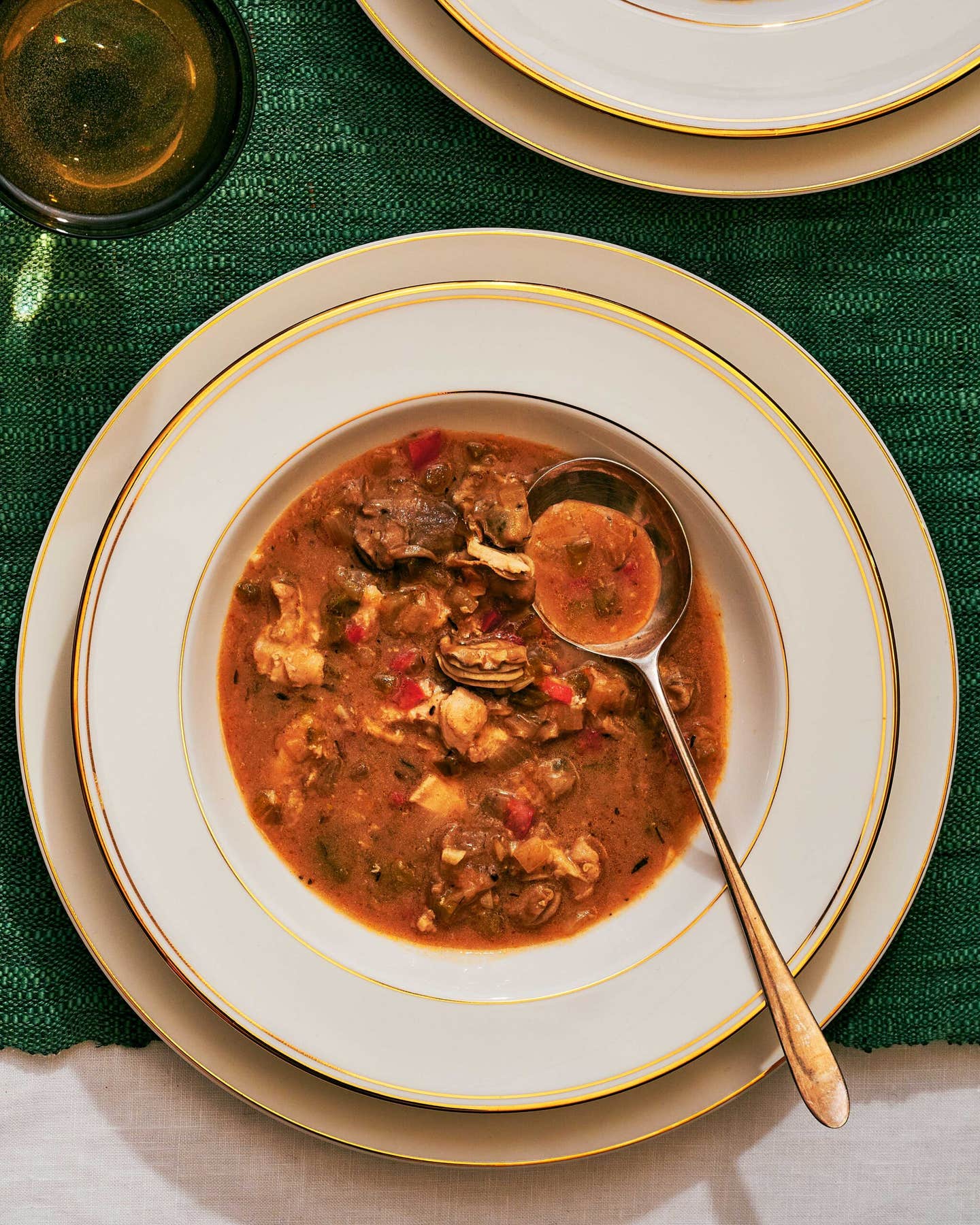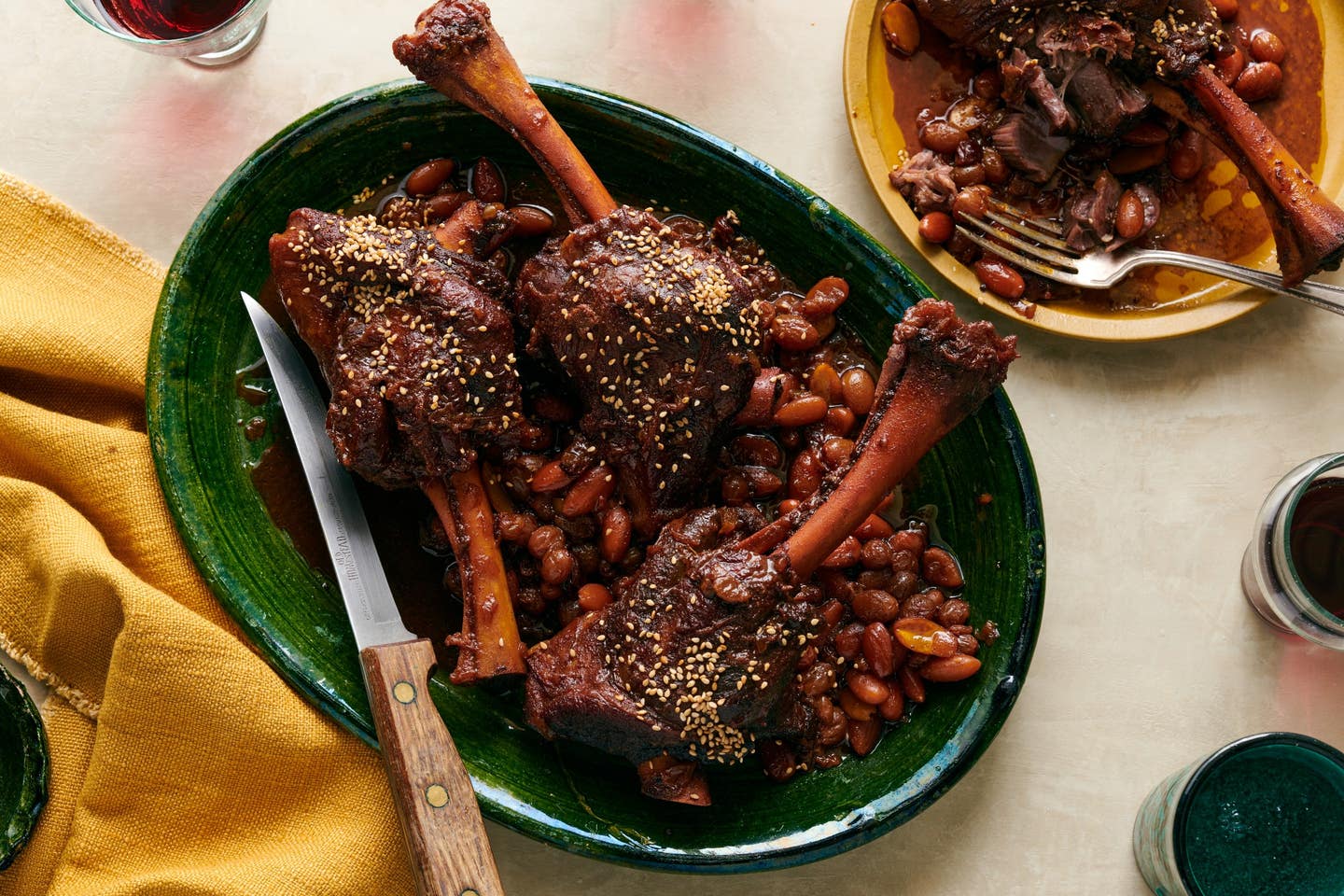
21 Nourishing Ramadan Recipes To Break Your Fast (and Carry You Through the Day)
Sweet and savory dishes to indulge in and look forward to. Persian tamarind-stuffed fish, Pakistani slow-cooked lamb stew, Jordanian baklava, and more.
When I was growing up in Pakistan, just about the whole country observed Ramadan, Islam’s sacred month of fasting, repentance, and charity. Restaurant specials, shorter work days, and the comradery made it easy to refrain from eating and drinking from sunrise to sunset. And shared self-reflection during this special time of year made the iftar parties that much more fun.
Before the sun rises, Muslims eat suhoor, a breakfast nourishing enough to get us through the day. Then, after the last rays of the sun have disappeared, we enjoy iftar, or the “breaking of the fast”—a festive, communal affair, during which certain special dishes take center stage, like South Asian pakoras, and Sri Lankan biryani. Dessert is also a wonderful reward for your devotion to the special month. In Pakistan, crispy, hot jalebis fill platters; in Bengali households, mishti brings life back to fasters before an evening of prayers or relaxation.
We’ve rounded up our favorite Ramadan recipes for suhoor and iftar, for whether you're fasting, hosting, or just looking to cook something special.
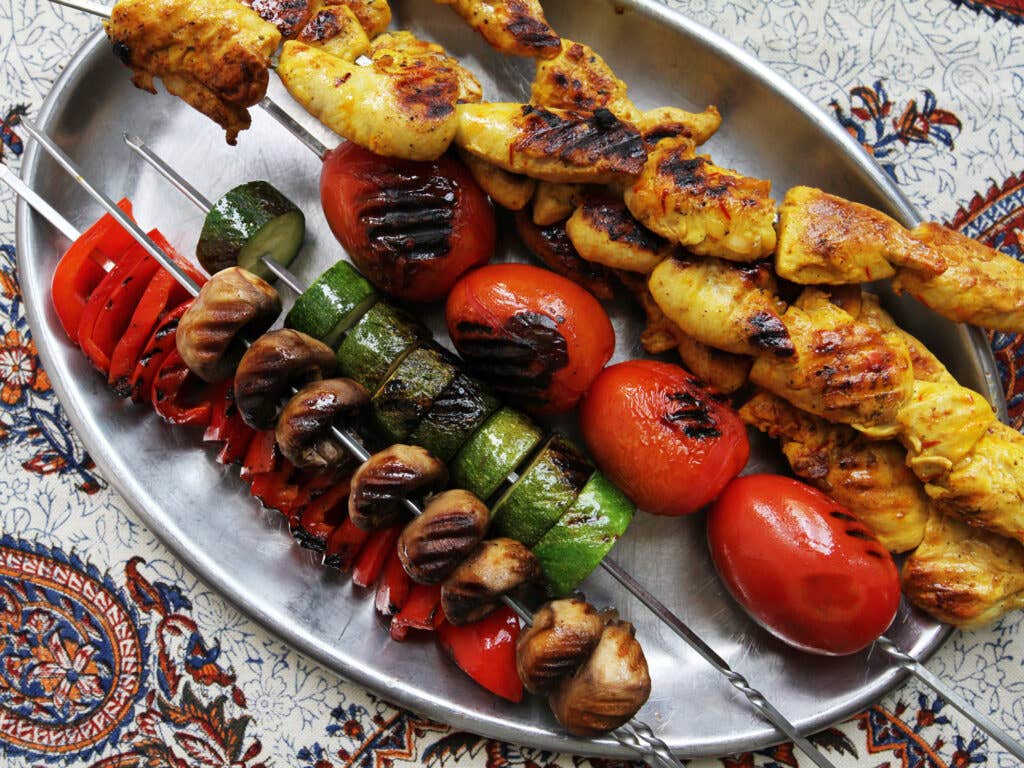
Former Test kitchen director Farideh Sadeghin learned to make these simple grilled kebabs from her father, which he likes to serve with rice and shirazi salad. Get the recipe >
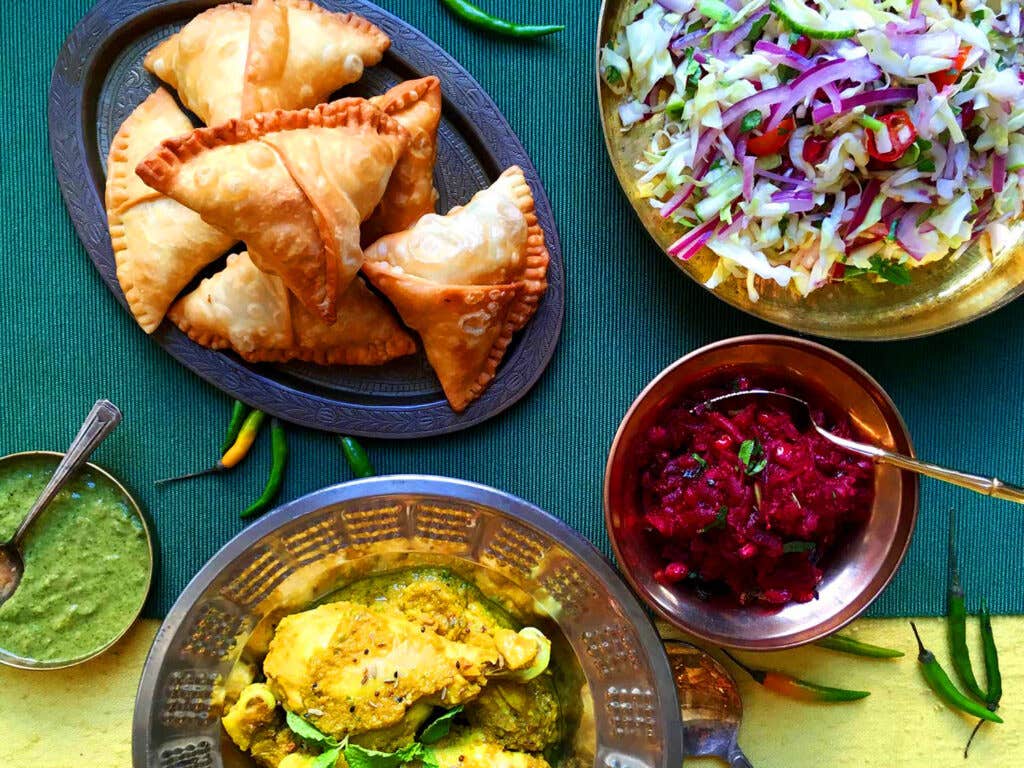
Chef Romy Gill credits her grandmother for the clever technique used to shape these samosas. Parcooking the wrappers renders the dough less absorbent and malleable, making them easier to fill without becoming gummy (and easier to make ahead). Get the recipe >
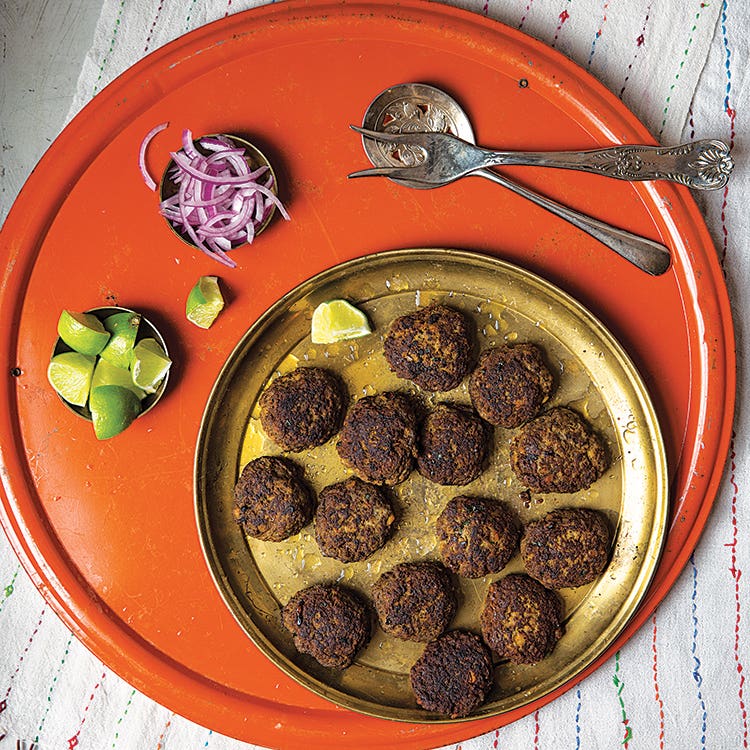
The recipe for these kebabs, which can also be made with lamb, is adapted from Charmaine O'Brien's Recipes from an Urban Village (The Hope Project, 2003). Get the recipe >

For this Mumbai street-food snack from Raghavan Iyer, chunks of potato are dredged in a light chickpea-and-rice-flour batter that is spiced with turmeric and chile powder. The potatoes are then deep fried until a golden crust forms and served with cilantro and tamarind chutneys. The spiced batter can be also used for other vegetables such as cauliflower and broccoli florets, sliced plantain, and eggplant. Get the recipe >
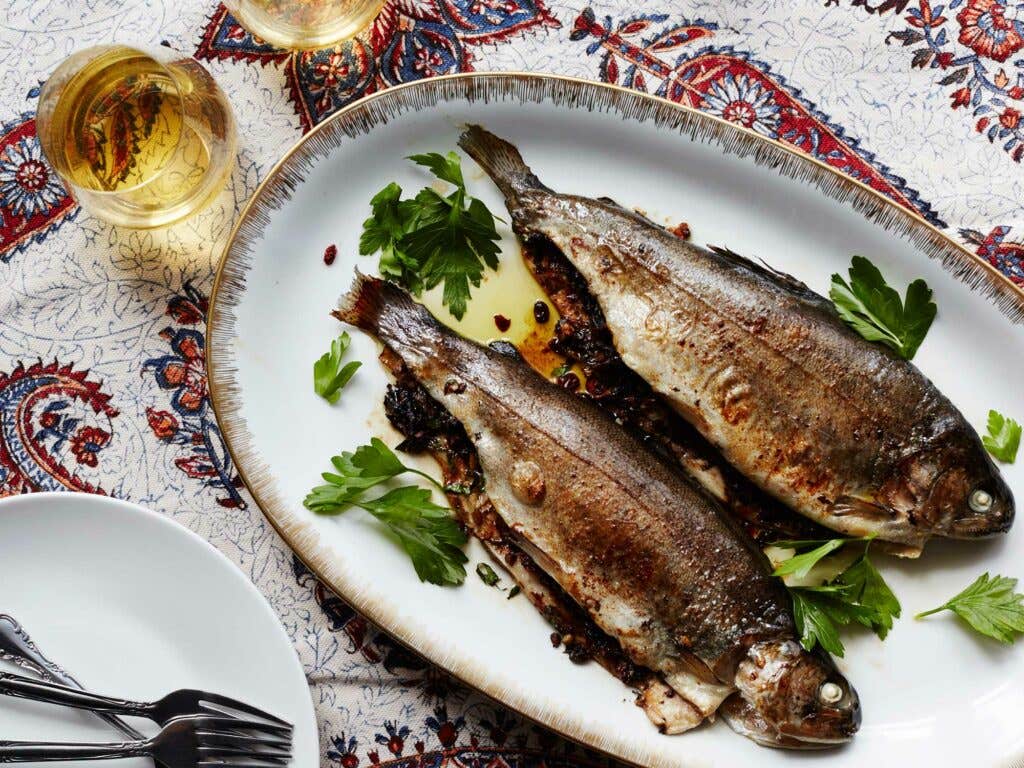
A luxurious whole fish preparation flavored with tangy tamarind and fragrant barberries, perfect for Nowruz, the Persian new year. Find barberries in well-stocked Middle Eastern groceries or online. Get the recipe >
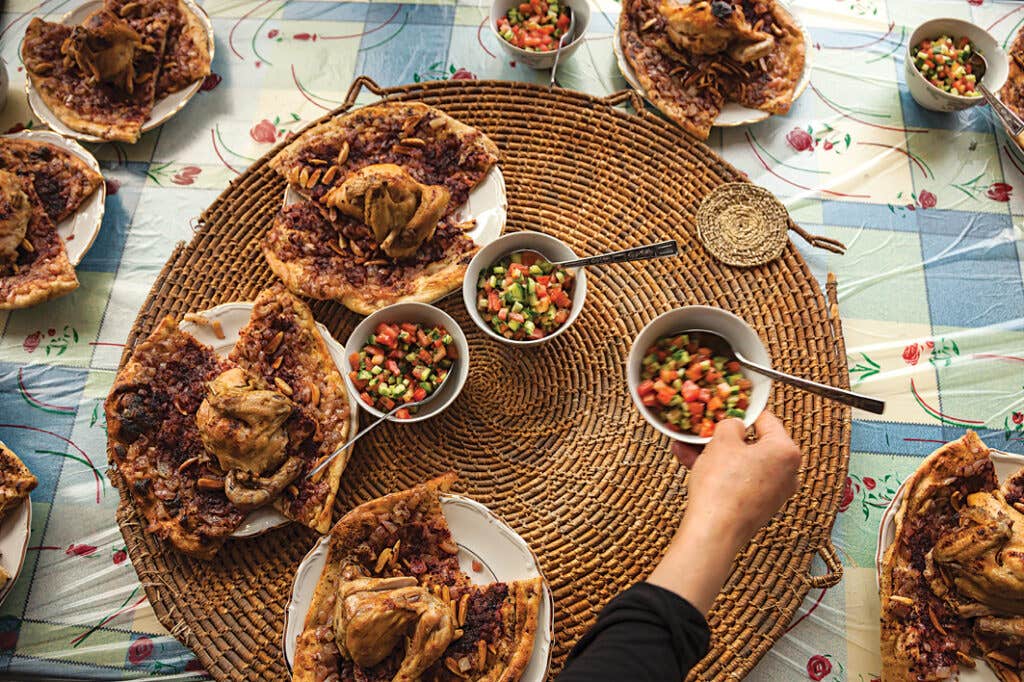
Tart sumac balances sweet caramelized onions in a roast chicken and flatbread dish traditionally baked in a wood-fired oven called a taboon. Get the recipe >
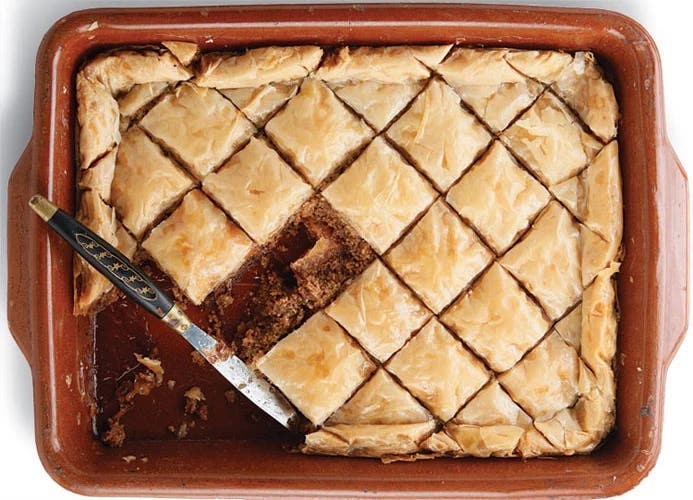
Phyllo pastry layered with ground nuts luxuriating in sweet syrup is a centuries-old dessert that now exists in many variations throughout the Middle East and eastern Mediterranean. Get the recipe >
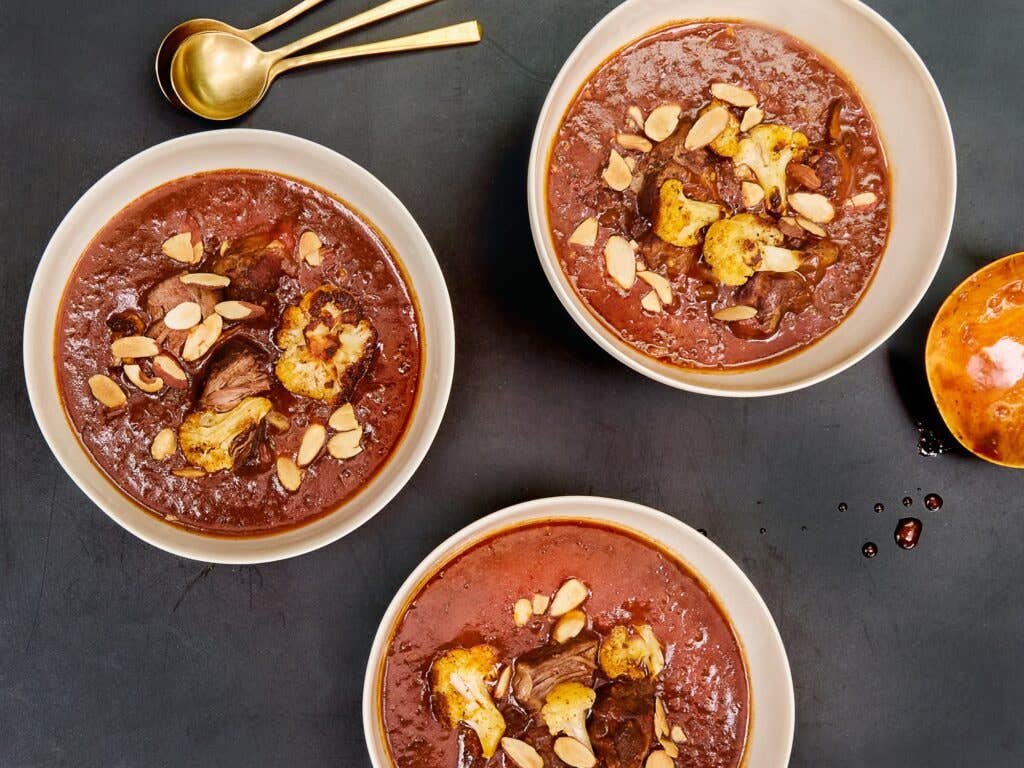
For this Middle Eastern–spiced stew, cauliflower stems are minced and sautéed in the mirepoix to add flavor, while the florets are broiled and added at the end of cooking to offer crunch and body. Get the recipe >
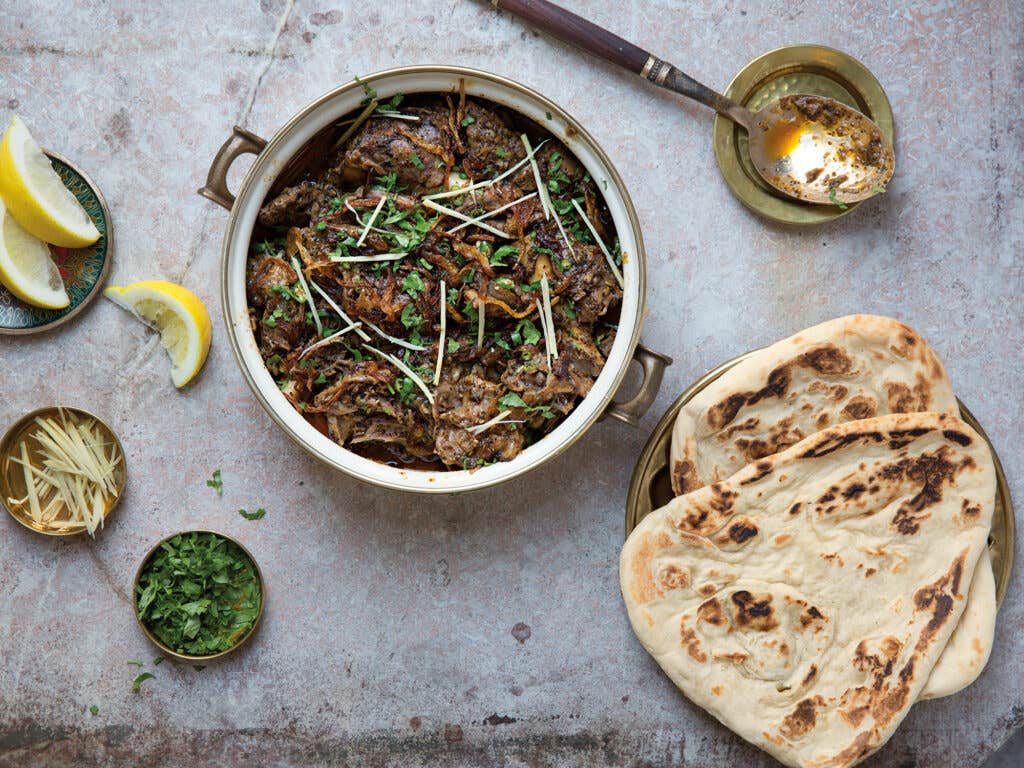
A rich, spicy stew topped with bright cilantro leaves, a squeeze of citrus, and thin-sliced hot chiles, nihari is the ultimate comfort food for home cook and Lahore native Zainab Shah, whose mother makes this dish for her and her family. The dish's name is derived from the Arabic word nahaar, or "day", which makes sense considering the long, slow cooking required to coax the rich marrow out of the lamb bones. Get the recipe >
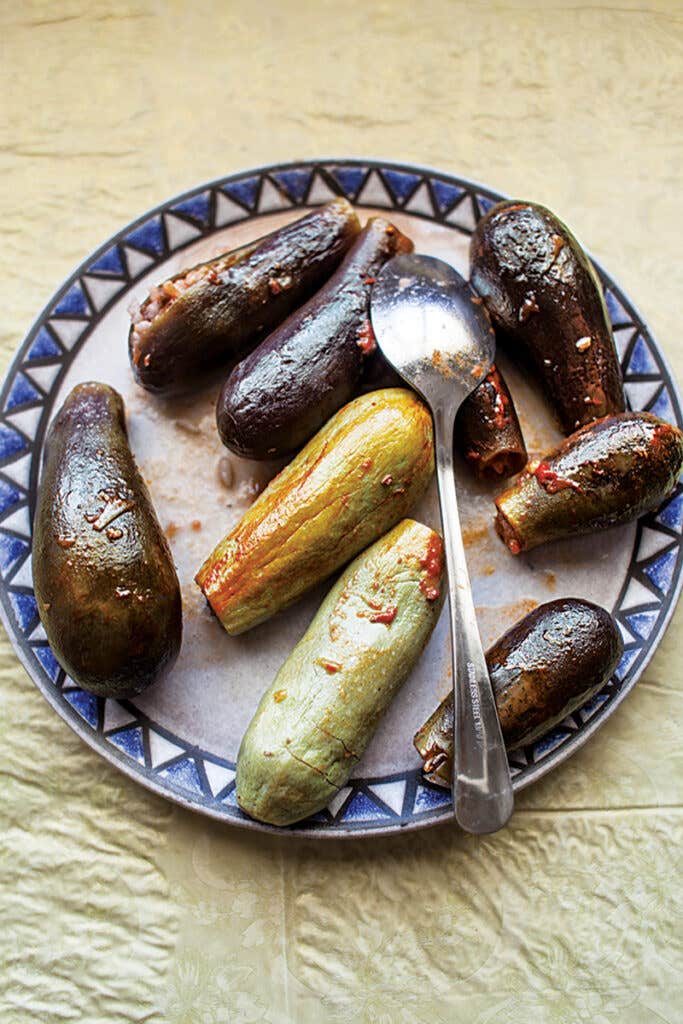
Eggplants are stuffed with a mixture of spiced lamb and rice, then simmered in tomato sauce in a rustic, cinnamon-scented dish from Lebanese author Fouad Kassab's mother, Isabelle. During the autumn olive harvest, she prepares it with new-season olive oil from the family's groves. Use smaller-sized eggplants, such as Japanese or fairy-tale eggplants, for this dish. (If you can't find these varieties, zucchini may be substituted for the eggplant.) Get the recipe >
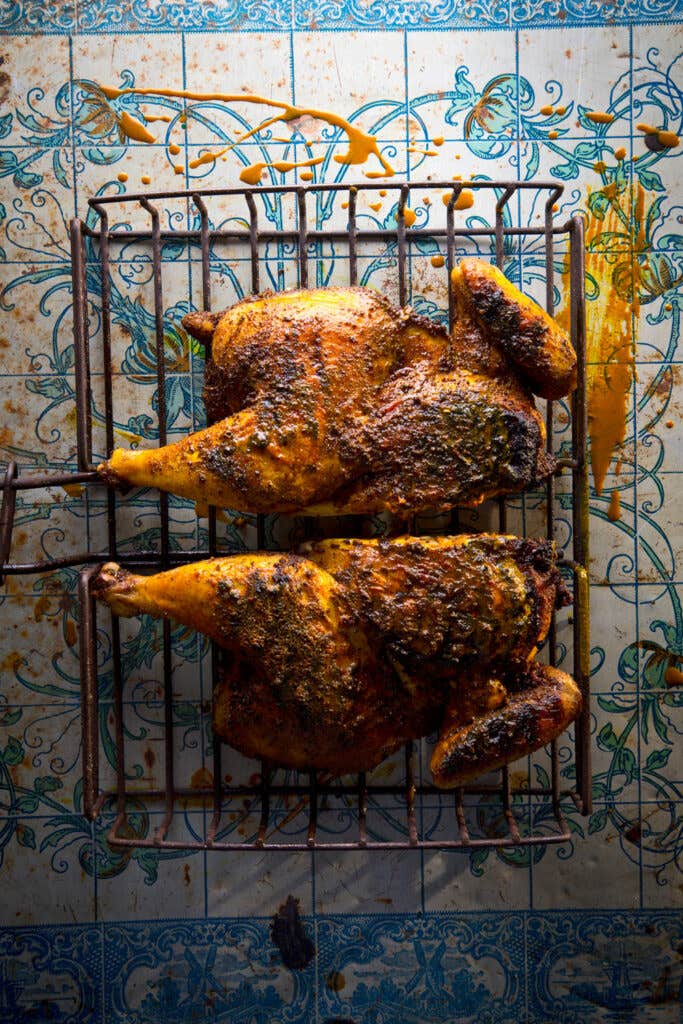
This fragrant spice-rubbed grilled chicken was a favorite of former Assistant Editor Felicia Campbell when she was deployed to Iraq. Get the recipe >
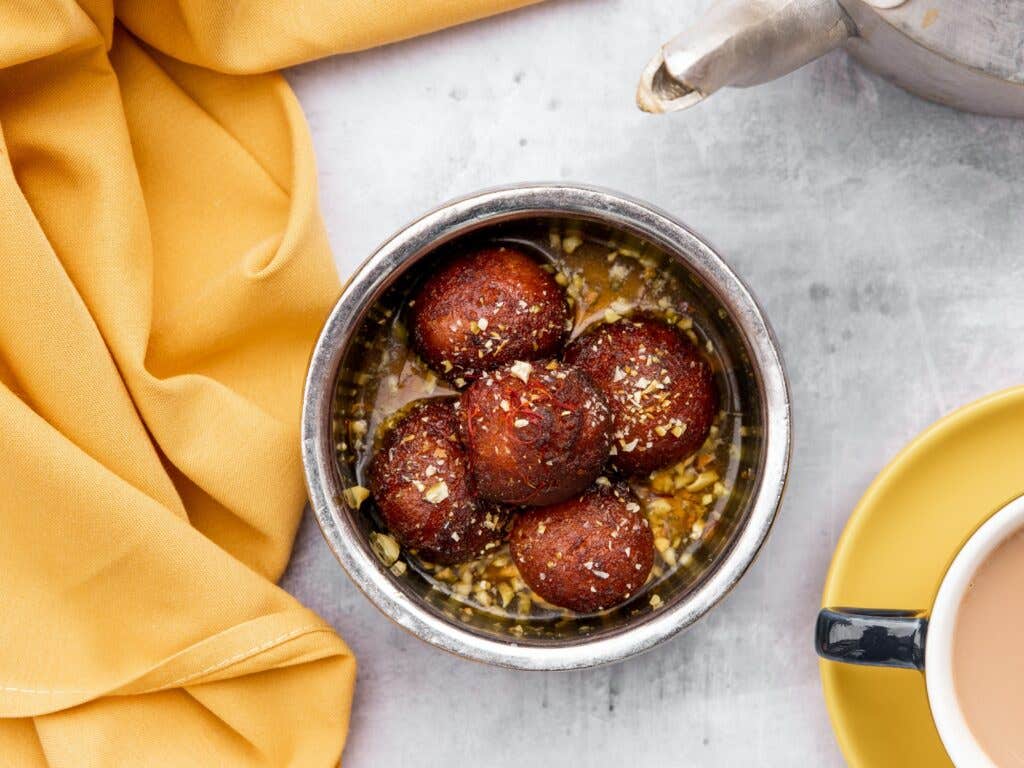
Gulab jamun, translating to “flowery fruit,” is a traditional dessert enjoyed throughout the Indian Subcontinent. Usually served for celebrations, the syrupy spheres are traditionally perfumed with rosewater and saffron and are individually portioned, for ease in sharing. Get the recipe >
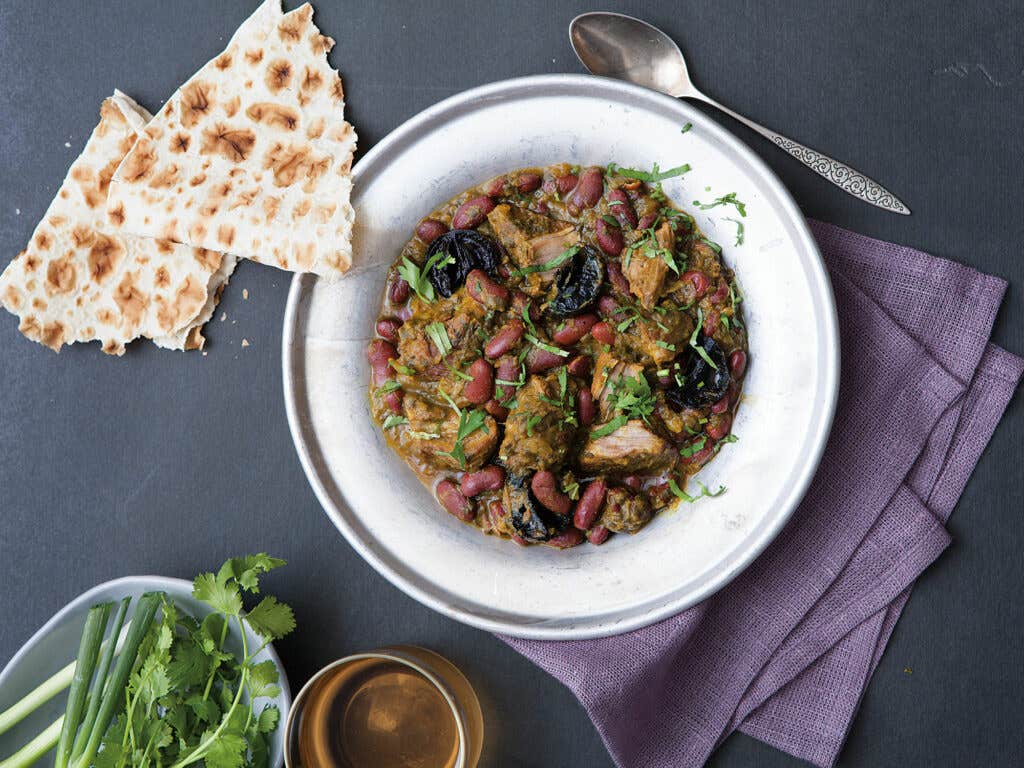
Fenugreek, an aromatic dried herb, lends a distinctly floral flavor to hearty veal stew. Get the recipe >
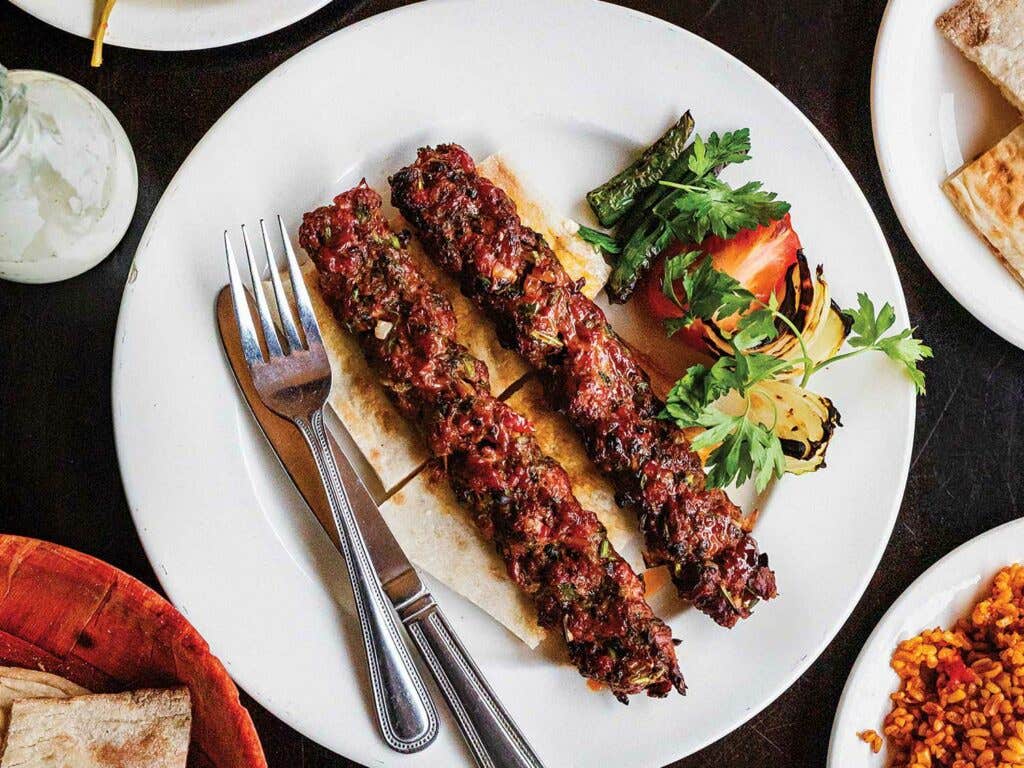
These spicy ground lamb kebabs are best cooked over fire but can work on an indoor grill pan or cast-iron skillet. Aleppo pepper and biber salçası, a spicy red paste made from sun-dried chiles and salt, add color and heat. Get the recipe >
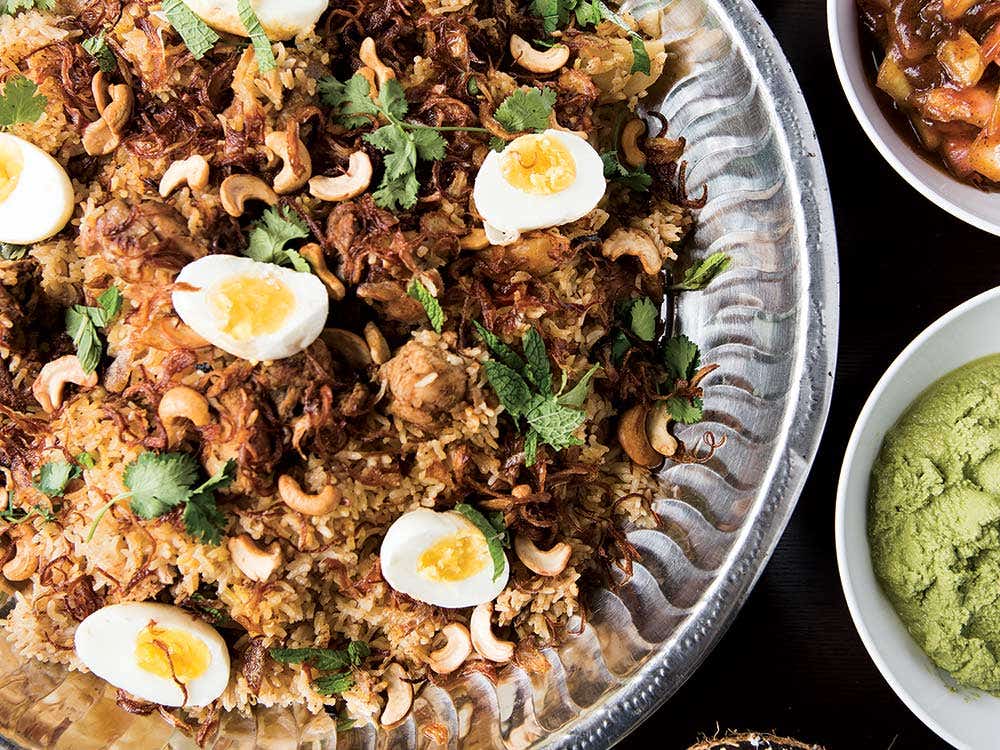
Adapted from Ruweena Deen, mother-in-law of chef Nishad Jayawardena of Asylum restaurant, this is a special-occasion meal in Sri Lanka, made in large quantity and suitable for a weekend family gathering or to break fast for Eid at the end of Ramadan. Get the recipe >
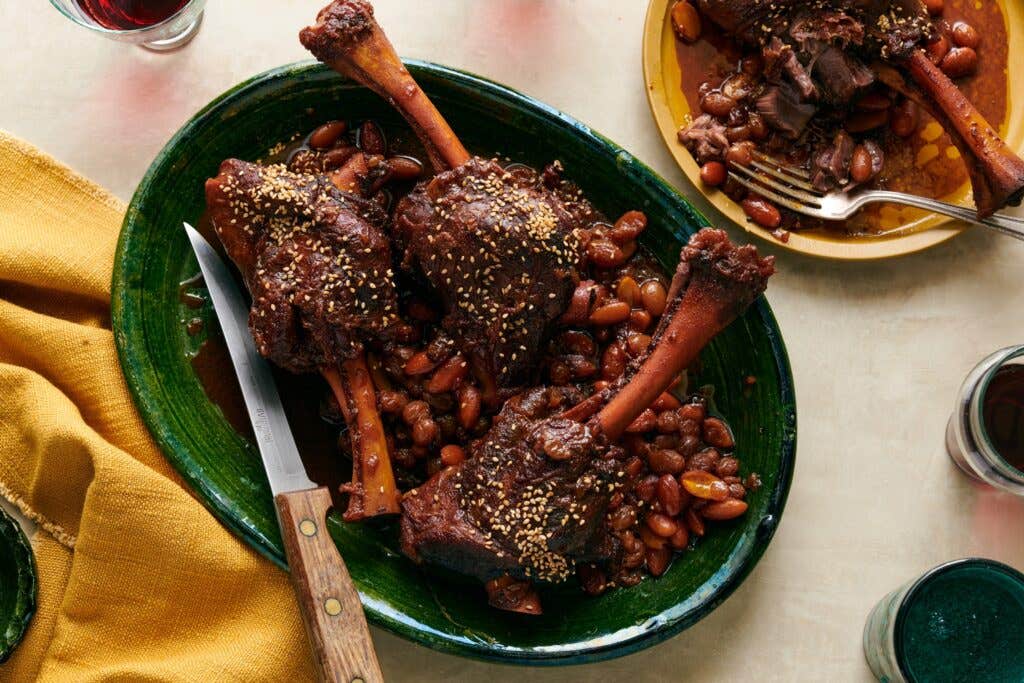
Lamb shanks are braised for hours in a sumptuous sauce of honey, almonds, and raisins in this centuries-old Moroccan dish served at the restaurant Mansouria. Get the recipe >
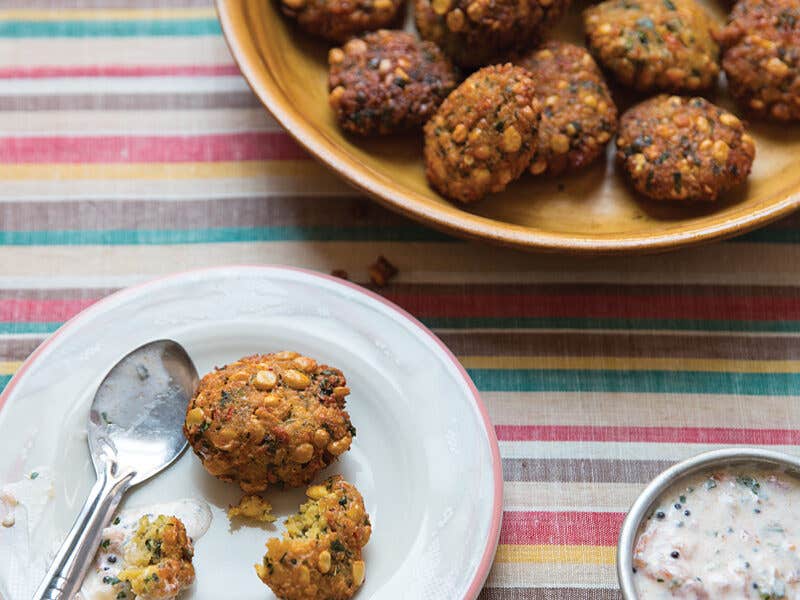
In Tamil-speaking households, a combination of fritters with sauce is referred to as vadai pachadi. Served for weddings and religious holidays, these spicy fritters get their signature crunch from yellow split peas and are topped with a creamy, tangy yogurt-tomato sauce. Get the recipe >
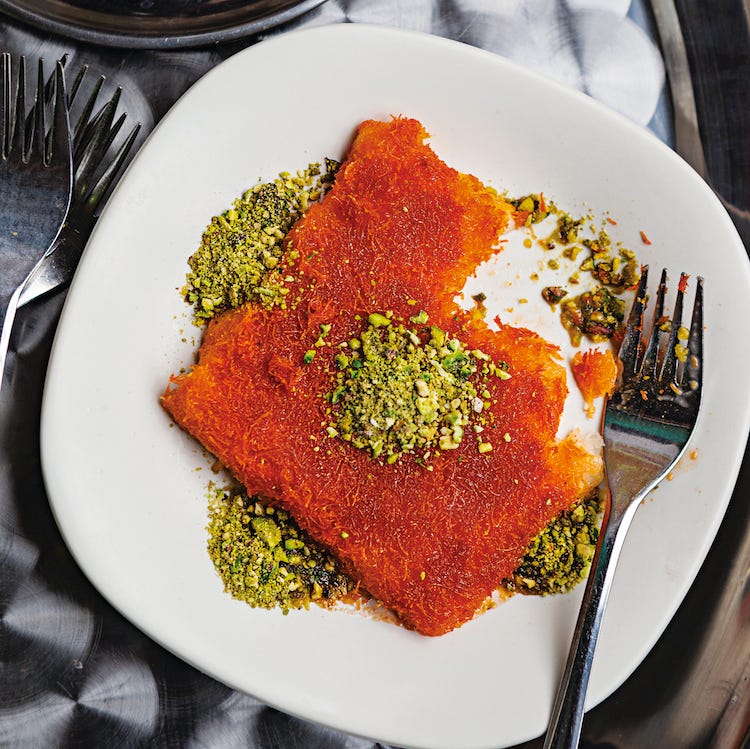
In this recipe, kataif, a bird's nest-like phyllo dough, is layered with fresh cheese and doused in amber-hued syrup. Get the recipe >
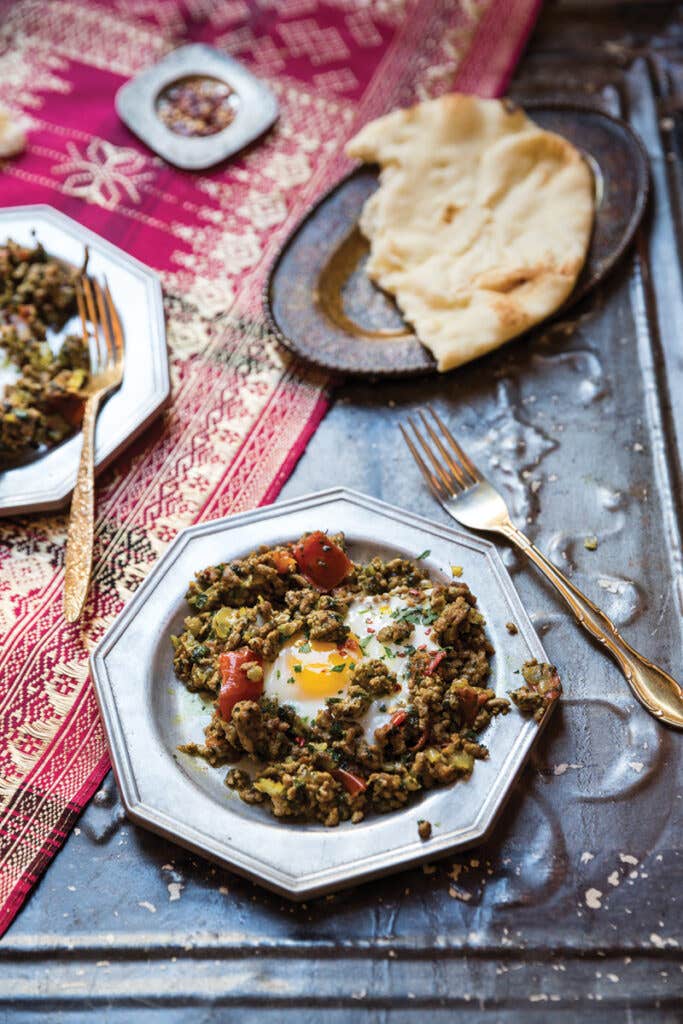
For this rich, spicy Iraqi breakfast dish, ground lamb is sautéed with onions, tomatoes, and parsley, seasoned to the hilt with bahar asfar, yellow curry powder, and then topped with soft-baked eggs. Get the recipe >
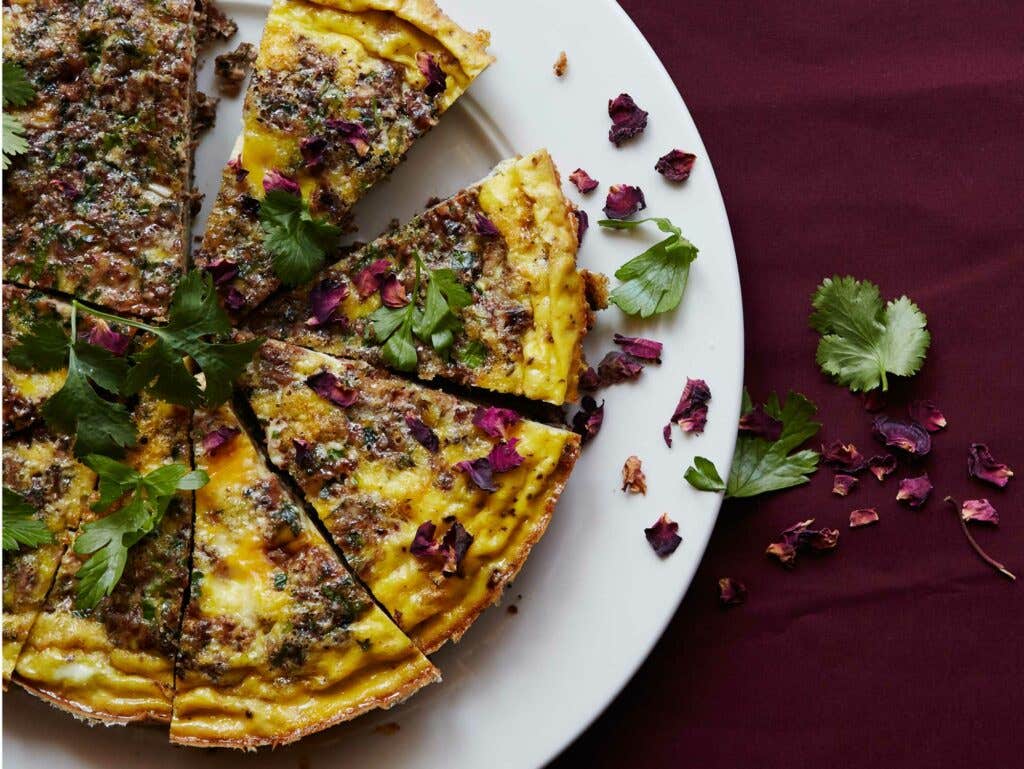
A classic Persian herb-loaded egg dish with the fragrant lift of rose petals. Get the recipe >
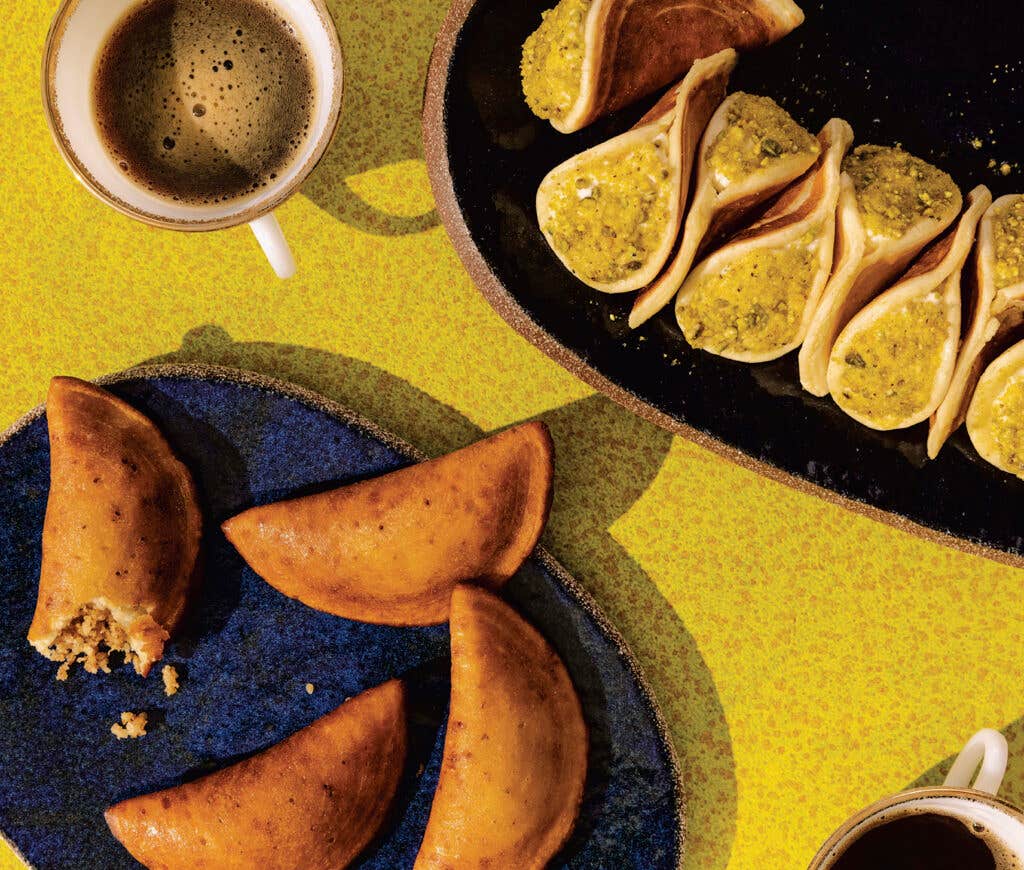
For Arabs from the Levant, “this dish, more than any other, represents Ramadan,” writes chef Reem Assil. Recipe and technique are equally important here: it’s all about getting a good seal by keeping the pancakes moist before pinching them closed. Get the recipe >
Keep Reading
Continue to Next Story






